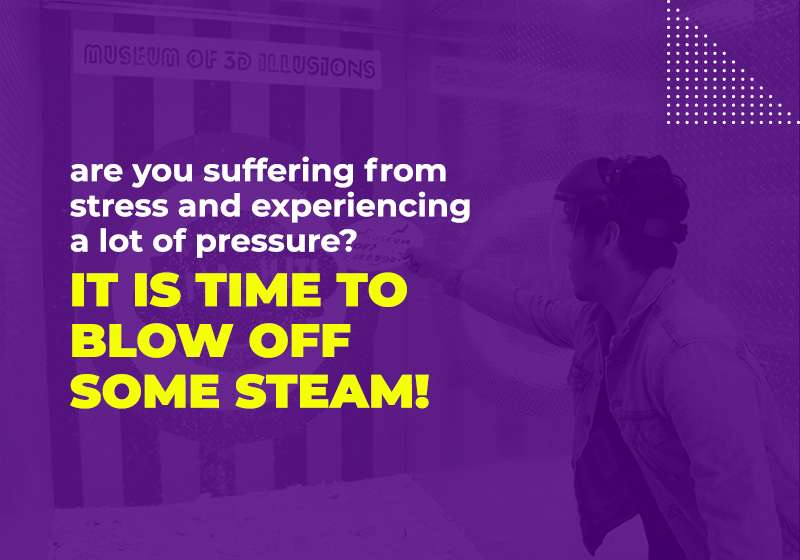
In the early 20th century, San Francisco bore witness to the creation of a monumental aquatic landmark—the Fleishhacker Pool. Conceived by philanthropist and civic leader Herbert Fleishhacker, this expansive pool opened its doors on April 23, 1925. Spanning an impressive 1,000 feet in length and 150 feet in width, it held over six million gallons of seawater, making it the largest outdoor saltwater swimming pool in the United States at the time. Its sheer size allowed it to accommodate up to 10,000 swimmers simultaneously, a testament to the grand vision behind its construction.
The pool’s grandeur attracted not only local residents but also renowned personalities. Olympic gold medalists such as Johnny Weissmuller and Ann Curtis graced its waters, setting world records and adding to its illustrious reputation. The facility also featured a diving pool equipped with a tiered diving tower, enhancing its appeal for both recreational swimmers and professional athletes. Lifeguards patrolled the vast expanse in rowboats, underscoring the pool’s immense scale and the unique challenges it presented.
Despite its initial success, the Fleishhacker Pool faced challenges over the decades. The maintenance of such a colossal structure proved costly, and the chilly waters, even when heated, deterred some visitors. A severe storm in 1971 damaged the intake pipe that supplied seawater, leading to contamination issues. Attempts to refill it with freshwater resulted in persistent algae problems. These factors culminated in the pool’s closure that same year, marking the end of an era for this iconic San Francisco landmark.
Discovering the Ruins Today
Today, the remnants of the Fleishhacker Pool offer a poignant glimpse into San Francisco’s storied past. Located adjacent to the San Francisco Zoo, the site where the pool once gleamed is now repurposed as a parking lot. However, observant visitors can still identify traces of its former grandeur. The most prominent relic is the Mediterranean-style bathhouse, a 450-foot-long structure that once accommodated up to 800 swimmers. Although now boarded up and weathered by time, this edifice stands as a silent testament to the Fleishhacker Pool’s historical significance.
Exploring the area, one can imagine the lively scenes that once unfolded here—families lounging by the poolside, children splashing in the vast waters, and lifeguards rowing across to ensure safety. The juxtaposition of the bustling zoo and the serene ruins evokes a sense of nostalgia, reminding visitors of the city’s evolving recreational landscape. While the pool itself has been filled in and paved over, the lingering presence of the bathhouse invites contemplation of the site’s former vibrancy.
For those interested in delving deeper into the history of the Fleishhacker Pool, the nearby Mother’s Building offers additional context. Originally serving as a refuge for mothers and their children, this structure further enriches the narrative of the area’s past. Together, these remnants provide a tangible connection to a time when the Fleishhacker Pool was a centerpiece of San Francisco’s recreational offerings, allowing visitors to reflect on the city’s dynamic history.
Interactive Art at the Museum of 3D Illusions
Just a short drive from the Fleishhacker Pool ruins, San Francisco continues to celebrate creativity and innovation through attractions like the Museum of 3D Illusions. Situated in the vibrant Fisherman’s Wharf district, this museum offers visitors an immersive experience that challenges perceptions and ignites the imagination. With over 40 interactive exhibits, guests are invited to step into a world where art and reality blend seamlessly, creating unforgettable photo opportunities.
The museum’s exhibits transport visitors into fantastical scenarios—imagine soaring over the Golden Gate Bridge on a magic carpet, teetering on the edge of a skyscraper, or escaping the jaws of a giant shark. Each illusion is meticulously crafted by talented artists, ensuring that every angle offers a new perspective. Unlike traditional art galleries, the Museum of 3D Illusions encourages active participation, allowing guests to become part of the artwork and capture moments that defy reality.
Beyond the visual spectacles, the museum also offers the “Smash It!” experience, providing a unique outlet for stress relief. Participants can decorate plates with personal designs or write down their frustrations before hurling them against a wall, shattering both the ceramic and, symbolically, their stress. This cathartic activity adds an extra layer of engagement, making the museum a multifaceted destination that caters to both the playful and the contemplative.
FAQ
What can visitors do near the Fleishhacker Pool ruins?
In addition to viewing the historic Fleishhacker Pool ruins, visitors can explore Ocean Beach, the San Francisco Zoo, and other nearby attractions. Those interested in interactive experiences can head to the Museum of 3D Illusions, which offers engaging photo opportunities that contrast the quiet historical site of the Fleishhacker Pool.
How does the Museum of 3D Illusions complement a visit to the Fleishhacker Pool ruins?
The Museum of 3D Illusions in San Francisco offers a vibrant, interactive experience that contrasts the historical depth of the Fleishhacker Pool ruins. After reflecting on the past at the ruins, visitors can immerse themselves in imaginative, larger-than-life exhibits that play with perspective and creativity.


